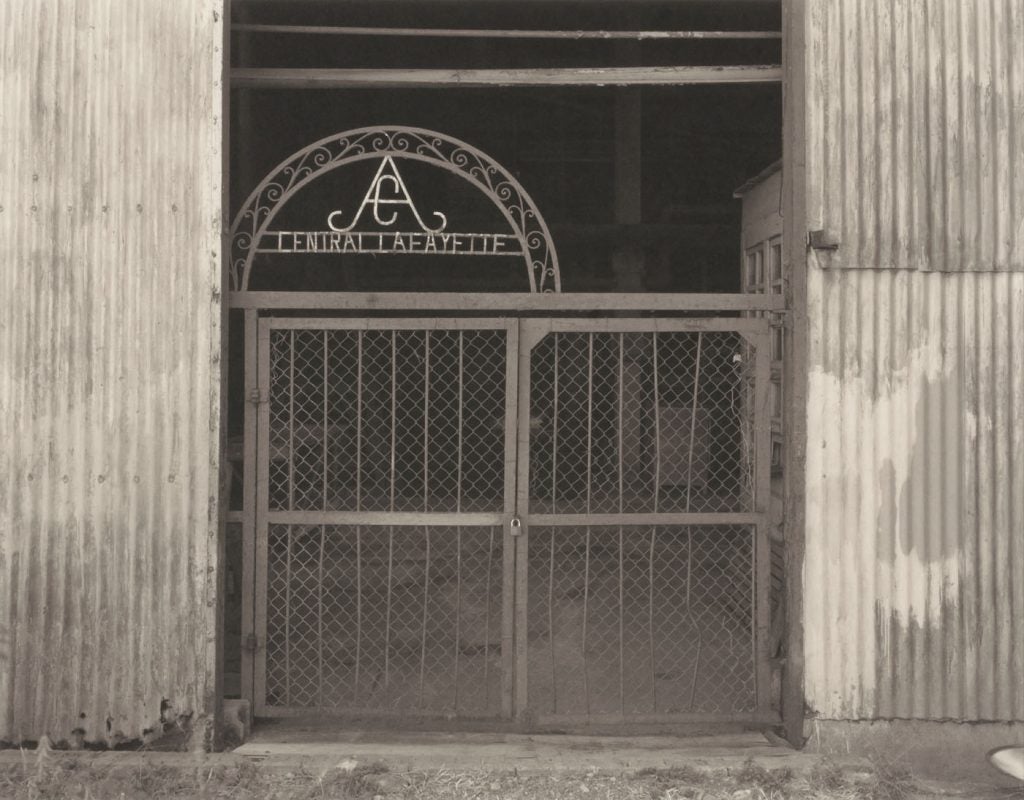On (a lack of) Diversity
Susan Bernofsky described recently the “disheartening” numbers, when it comes to the percentage of female authors in translation. Across twenty-five presses evaluated by Women in Translation, only twenty-five percent of books in English translation were by women, and some of Bernofsky’s favorite presses (some of mine, too), like New Directions and Archipelago, were among the worst perpetrators, publishing sixteen percent and thirteen percent female authors, respectively.
On (a lack of) Diversity Read More »
Susan Bernofsky described recently the “disheartening” numbers, when it comes to the percentage of female authors in translation. Across twenty-five presses evaluated by Women in Translation, only twenty-five percent of books in English translation were by women, and some of Bernofsky’s favorite presses (some of mine, too), like New Directions and Archipelago, were among the worst perpetrators, publishing sixteen percent and thirteen percent female authors, respectively.





